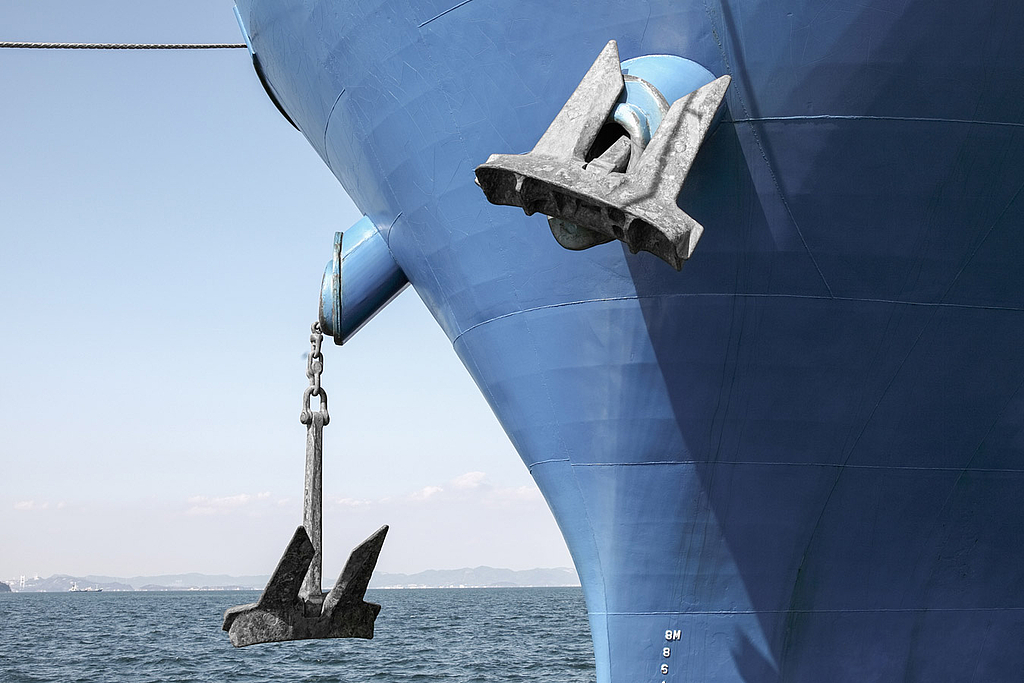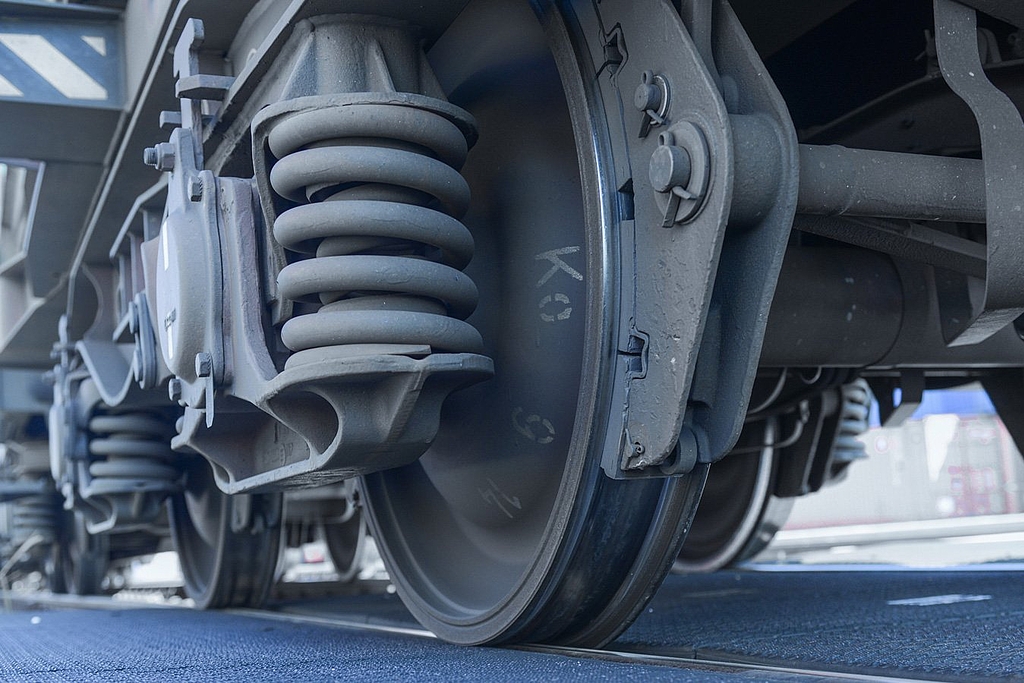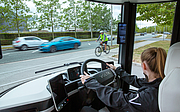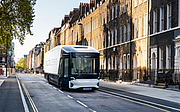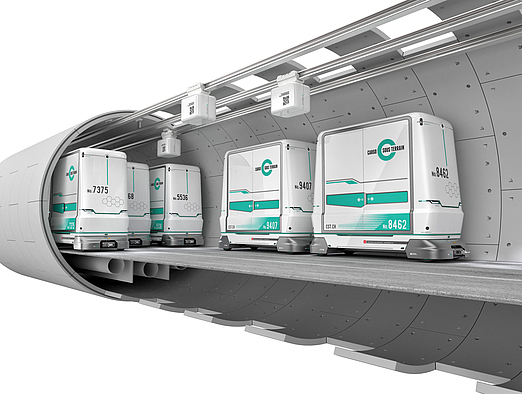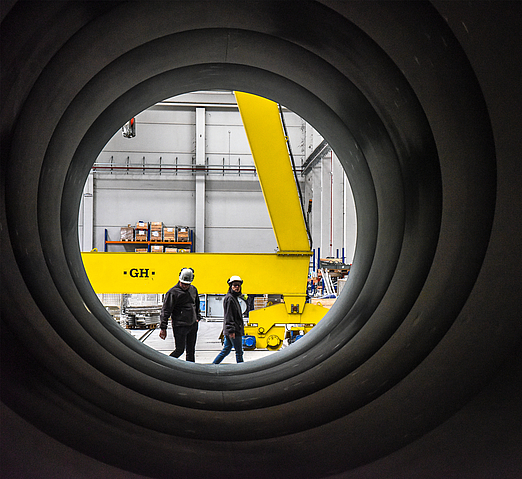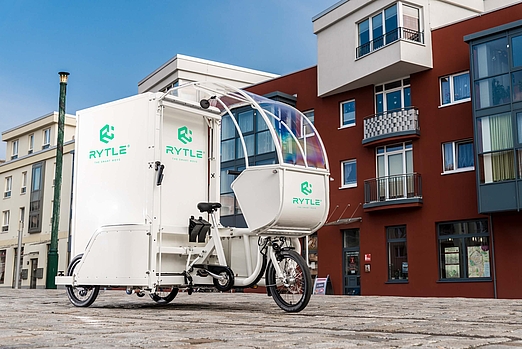“...we really will be the leading full-electric commercial vehicle manufacturer”
- Interviews
Volta Trucks is the start-up electric vehicle manufacturer that recently has turned heads with its "Volta Zero". It's their first vehicle and the world’s first purpose-built full-electric 16-tonne commercial vehicle designed specifically for inner-city parcel and freight distribution. The Volta Zero is currently undertaking trials in some of Europe’s largest cities. Orders have already been taken from companies and they are set to be delivered when production starts in 2022. We took the opportunity and talked to the newly appointed CEO of Volta Trucks, Essa al-Saleh, about their ambitious plans, glasshouse-style cabin designs, their plans for the USA and the narrow streets in European city centers.
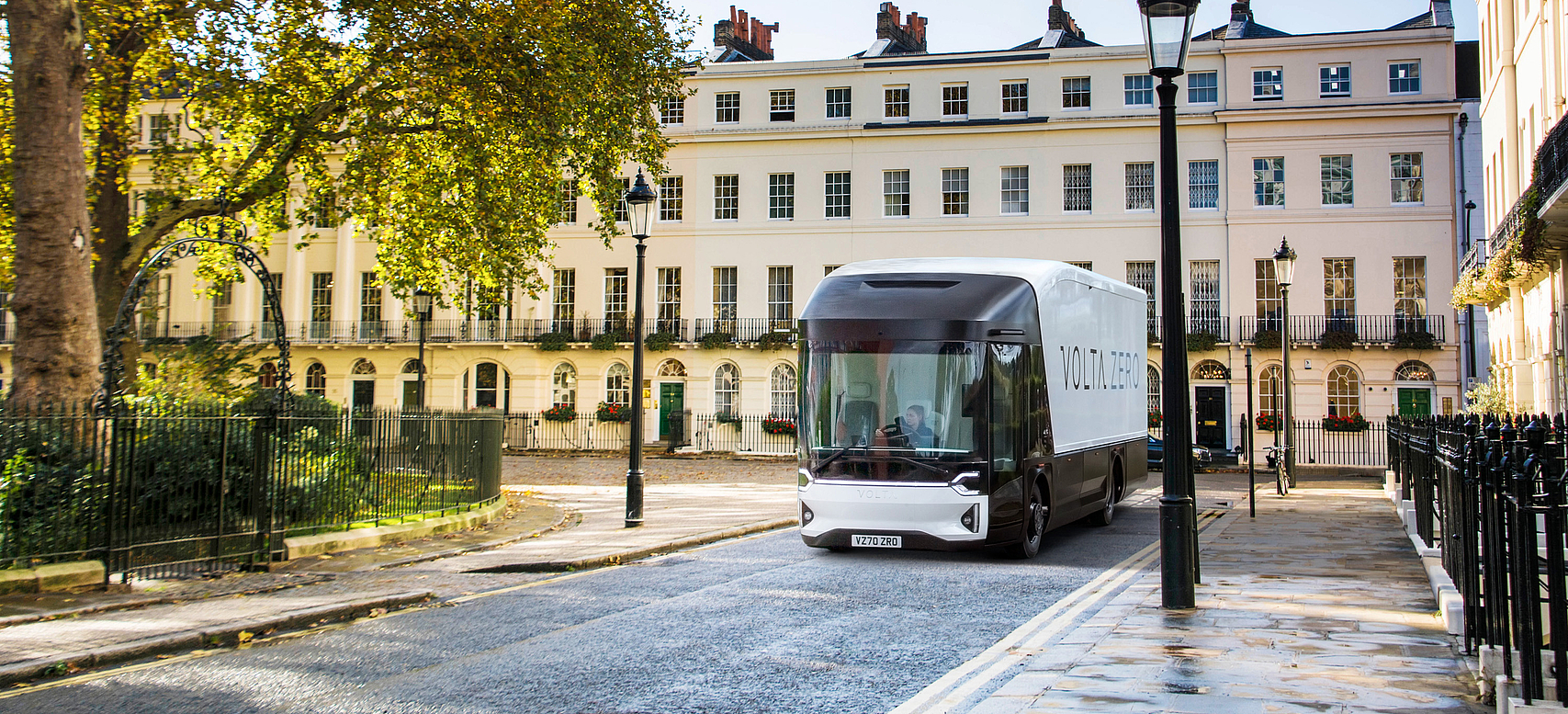
“The level of demand has increased dramatically and as a result, we have recently increased our sales volume expectations to over 27,000 vehicles per year by 2025. By then, with four models in production and operating first in European, then in North American, and ultimately in key Asian cities, we really will be the leading full-electric commercial vehicle manufacturer.”
Essa al-Saleh sums up Volta Trucks’ ambitious plans for the next years and how they want to become a significant contributor to the future vision of zero-emission cities all over the world.

